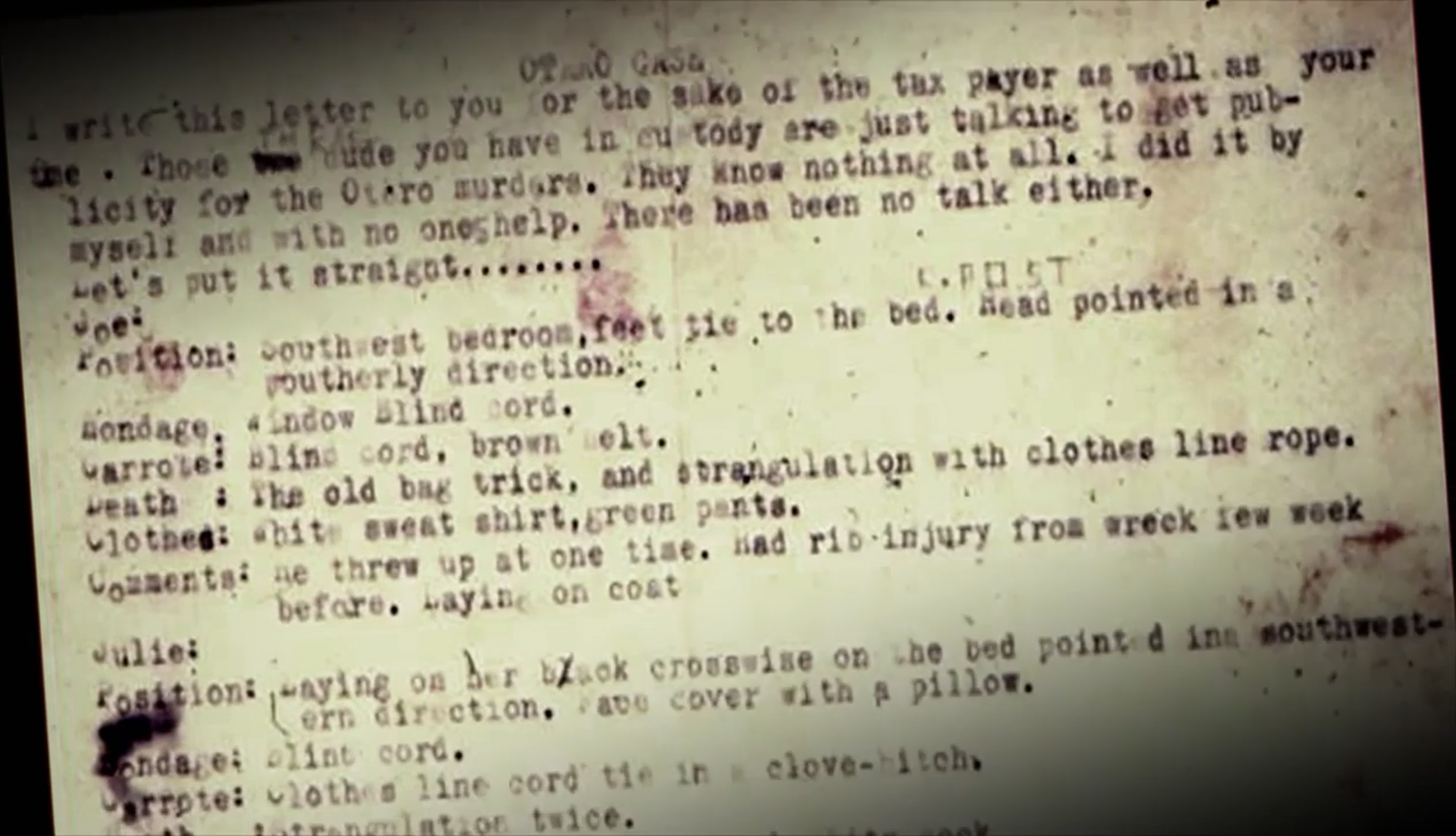
His Trophies Brought Him Down
Serial Killers – horrible men getting away with horrible crimes. They leave little evidence, evading police and terrifying the community for years. These criminals live in plain sight amongst the community, until the gruesome trophies of their crimes are revealed. Why would a serial killer keep such a dangerous souvenir?
The news & movies depict souvenirs as the collection of body parts left behind, and hidden by the killer. However, souvenirs include a larger array of items, including clothing and jewelry. The BTK (“Bind”, “Torture”, “Kill”) killer, in addition to clothing, kept photographs of his victim’s bodies, including activities with the bodies.
Forensic psychiatrist Park Dietz estimates 50 to 75 percent of sex-based serial killers hide away trophies. These trophies often provide arousal, as you may have guessed, but are kept for a deeper reason. Dietz has testified at the trials of ten of the most notorious serial killers in US history, including Jeffrey Dahmer, The Unabomber and John Hinckley Jr.
“They are used for that, but that’s only part of the story. The behavior is best understood as the offender’s desire to capture the victim, and his conquest of the victim, forever,” Dietz explained. “The central issue is possession: how to possess the victim and her fear, her response [and] her suffering, [as well as] his power, his conquest and his pleasure.”
Souvenirs. Robert Hansen kept his victims jewelry. Joel Rifkin kept a variety of trophies, including panties and bras, driver’s licenses, jewelry, and a library card. Charles Albright kept his victim’s eyes. Jeffrey Dahmer started off by preserving a head and genitals in acetone and ended with a freezer and a lobster pot full of body parts. Ted Bundy put his victim’s heads on display in his apartment and would sleep with their headless corpses.
A serial killers need to own his victims is what led to the capture of Dennis Rader, the BTK killer. Between 1974 – 2005, Rader killed 10 people in the area surrounding Wichita, Kansas. Despite sending letters to law enforcement and media outlets, he was able to avoid suspicion till the very end. Neither his colleagues, his family, nor the police suspected Rader.
Rader served in the U.S. Air Force from 1966 to 1970 and earned an Associate’s degree in electronics and a Bachelor’s degree in administration of justice. He was a member and elected president of Christ Lutheran Church and a Cub Scout leader. Rader was married, with children, and an established man in the community, He seemed to be above reproach.
His cleverness, equal to his brutality, allowed Rader to escape capture for so long. He was meticulous in his planning of each crime – selecting, stalking, and killing each victim with direct intent. He was patient and observant, finding where they lived, where they worked, and their life habits. Rader took weeks learning about a victim’s home and habits. On feeling the moment was right he would cut phone and alarm lines and attack.
In one of the letters Rader sent the police in 2005, he included a floppy disk that contained more evidence. He would have continued to be active were it not for metadata on the disk, which a normal user does not see, that pointed police to his church. This disk, along with numerous Polaroid photographs of victims, burials, and revisits, led to his conviction.
The prosecutor of his case, Nola Foulston who was then District Attorney of Sedgewick County, Kansas, described his documentation of the crimes as extensive. “He collected bras. He collected underwear. He took pictures of himself in the clothing of the women. He would do all kinds of weird s***.”
One of the more alarming photos was described at the trial by sheriff’s investigator Sgt. Tom Lee. After raping and killing his neighbor, 53 year-old Marine Hedge, Rader took her corpse to the church where it was posed for a series of insane photos.
The artifacts from the BTK killer were not only from prior victims, but also individuals Rader identified as future victims. Small white cards with notes scribbled on them, some with pictures attached, were found. This was the part of the collection of evidence that Rader called his ‘incomplete projects”. There were about 400 cards found and “On a daily basis, this guy was pulling out his cards,” Foulston says. “He probably had 400 cards. And one of them was me. He had written my name on the back of a card.”

Recent Comments